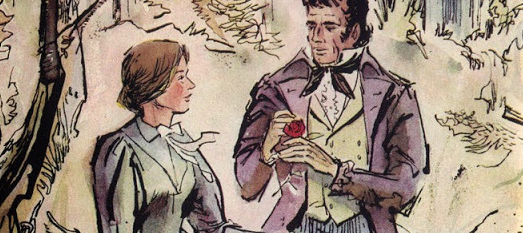Title: Jane Eyre’s Use of First-Person Narrative
Introduction
The first-person narrative technique in literature can create an intimate connection between the reader and the protagonist. In Charlotte Brontë’s “Jane Eyre,” this approach is not only a stylistic choice but also a powerful way to explore themes of identity, autonomy, and emotion. Understanding how Brontë employs this narrative style helps us appreciate the depth of Jane Eyre’s character and her journey toward self-discovery.
Creating Intimacy with the Reader
One of the most striking aspects of “Jane Eyre” is how Brontë immerses readers in Jane’s thoughts and feelings through the first-person perspective. This narrative choice allows readers to experience Jane’s struggles and triumphs firsthand. When she recounts her childhood at Gateshead or her experiences at Lowood School, we don’t just observe her journey; we feel it. This closeness fosters empathy and makes Jane’s challenges resonate deeply with us, drawing readers into her world and creating a strong emotional bond.
Exploring Themes of Identity and Autonomy
By using a first-person narrative, Brontë foregrounds Jane’s quest for identity and autonomy. Throughout the novel, we hear Jane articulate her thoughts, desires, and moral convictions, allowing us to witness her development from a powerless orphan to an empowered individual. As Jane navigates tricky relationships with characters like Mr. Rochester and St. John Rivers, her internal dialogue reveals her struggles between societal expectations and personal desires. This exploration of self is particularly relevant today as readers can relate to the ongoing journey of finding one’s voice and asserting individuality against external pressures.
Highlighting Emotional Depth and Growth
The emotional depth of Jane Eyre is amplified through its first-person narration. Jane’s reflections are filled with vulnerability, showcasing her resilience in the face of adversity. Readers experience her heartbreak, joy, and moments of moral dilemma, making her journey not just a storyline but a deeply personal experience. Brontë’s choice to allow Jane to narrate her own story grants us insight into her complexities—her fears, aspirations, and moral courage. This emotional resonance is what makes “Jane Eyre” a timeless classic that continues to engage readers across generations.
Conclusion
Charlotte Brontë’s use of first-person narrative in “Jane Eyre” is a powerful tool that enhances the readers’ engagement with the protagonist’s journey. It provides a detailed insight into Jane’s psyche while exploring essential themes of identity and emotional growth. If you are intrigued by the intricacies of narrative techniques in literature, consider reading “Jane Eyre” for a rich experience that fosters both connection and reflection. Dive deeper into the world of literature and discover how narrative style can transform storytelling.
